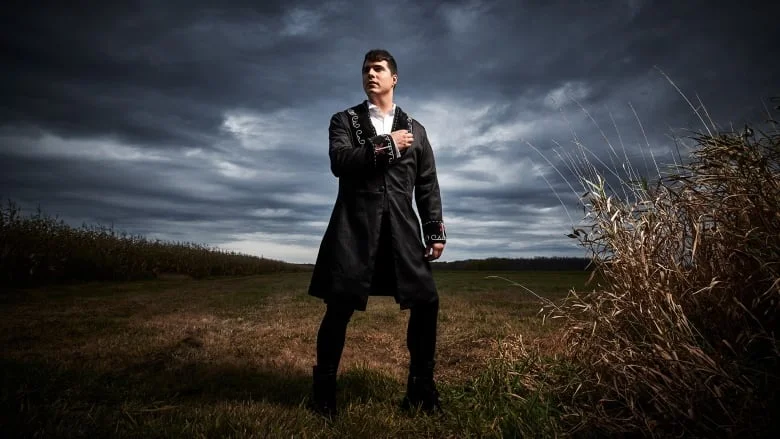(Serves 2 – 4)
A large wooden bowl with a round bottom is preferable for mixing the ingredients, since the wood provides some friction which will allow for a better breakdown of the garlic, and the rounded bottom helps with the mixing of the ingredients. The wood also retains the garlic flavour better than a plastic or glass bowl.
Cast of Characters (in order of appearance)
Ground pepper (lots!) and salt (they act as an abrasive as well as a seasoning)
2 cloves garlic, finely mashed
2 – 3 anchovy fillets, finely chopped and mashed (or use anchovy paste – a good squirt)
1 tsp dry mustard
1 TBSP red wine vinegar
1 egg yolk
8 – 10 dashes Worcestershire sauce
2 – 3 dashes Tabasco sauce (optional)
Up to 1 cup Canola or vegetable oil (NOT olive oil! – it is too flavourful on its own)
Lemon Juice (1 – 2 capsful, to taste)
Bacon bits
Croutons
Parmesan cheese, grated
2 or 3 heads Romaine lettuce, washed and torn into bite-sized pieces
Procedure
Put pepper and salt in wooden bowl.
Chop up the garlic, then place in the bowl and mash with back of a spoon. Spread it throughout bowl. With a wooden bowl, the garlic juice will stick to the sides of the bowl and will more readily be incorporated into the salad dressing.
Add the anchovies, dry mustard, red wine vinegar, and Worcestershire sauce. Mix vigorously. Add the egg yolk. Again mix vigorously with the back of the spoon until it is fully incorporated. The egg yolk and dry mustard will act as emulsifiers to thicken and blend this mixture with the oil.
Continue to mix vigorously with the back of a spoon while slowly adding the oil a bit at a time. Mix until it thickens; add oil; mix until it thickens; add oil. Continue while tasting the mixture until the ratio of oil is correct and you have the right consistency.
Add the lemon juice (about a capful) and stir it in. Texture should still be paste-like at this point. Taste. Add more oil or lemon juice as needed. Mix.
When ready to serve, introduce torn-up pieces of romaine lettuce, bacon bits, Parmesan cheese, and croutons to taste. Mix well.
Note: If mixture fails to thicken after adding the oil and mixing thoroughly, try mixing vigorously some more and see if it emulsifies. It should. If it does not, add some lemon juice at the edge of the bowl and rapidly mix at the contact point. Slowly spread the mixing to other parts of the bowl until you get the right consistency. It should thicken somewhat. Next time, try adding the oil more slowly and less of it at a time before mixing.
*Until discovering this recipe, I had never utilized the services of a salad coach. After the experience of Walter gently leading me through the best practices of making this family favorite, I heartily recommend utilizing one.
(Image courtesy of Raphael Nogueira on Unsplash)







